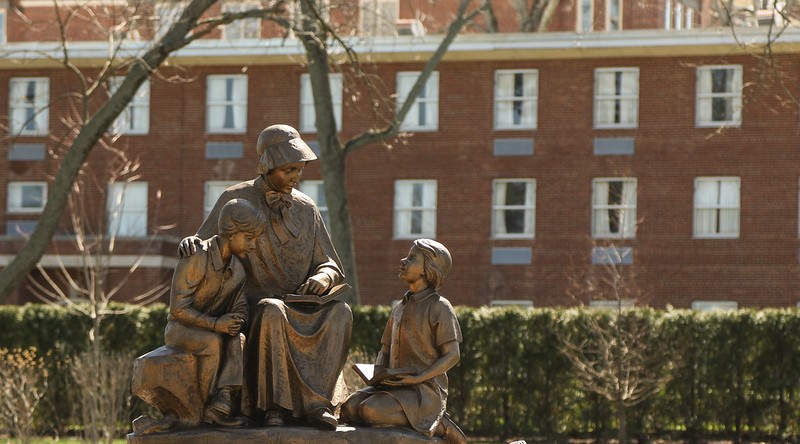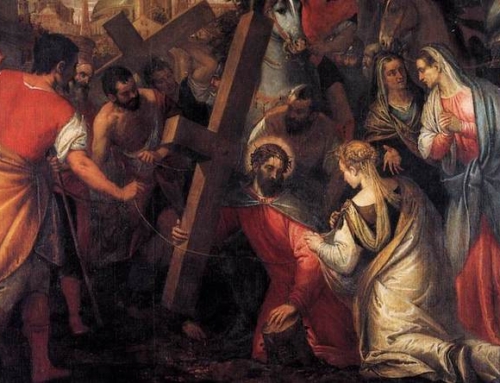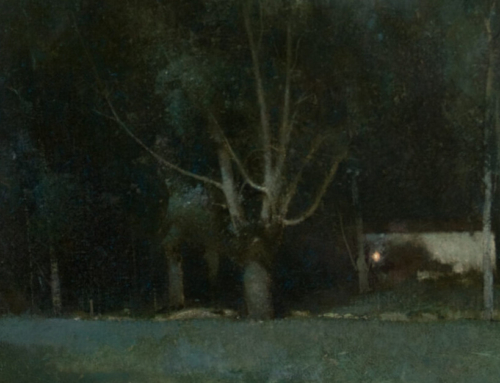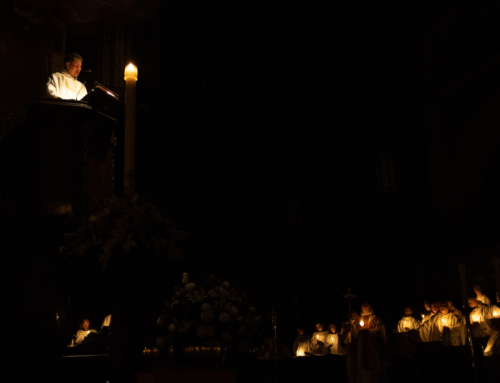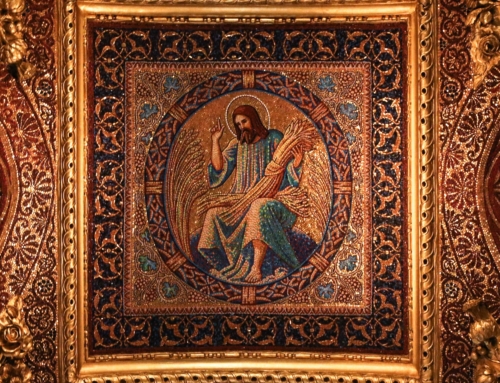This is part of a series entitled, “Pilgrimages: Paths We Tread.” Read the series introduction here. To see other posts in the series, click here.
While a pilgrimage need not be long and arduous, a shorter journey can seem somewhat diminished in comparison. The thought of a pilgrim (derived from peregrinatio, “foreign travel”) crossing deserts and oceans seems more fitting than that of a short, air-conditioned drive to a local shrine. Yet, I assure you, having made a brief pilgrimage to the Basilica Shrine of Saint Elizabeth Ann Seton with a small group of brothers on her feast in 2023, it is further than you might think.
In the Catechism of the Catholic Church, it is said “pilgrimages evoke our earthly journey toward heaven” (CCC 2691). Moreover, the Church on earth calls herself a pilgrim as she traverses this world: a wayfarer in imitation of her spouse, who became a rambling man for our salvation. Crossing the infinite distance between the Godhead and sinful humanity, Christ is the true pilgrim. While we yearly celebrate the dedication of the wise men in their journey westward to the Christ-child, we ought not forget the innumerable steps our Savior took, from his first steps as an infant, all the way to the summit of Calvary. Reflecting on Christ’s life, we find that no finite journey, even that of a lifetime, can compare to his descent into the depths of our human existence so that he, in return, might bring us into the glory of the Godhead.
As incomprehensible as this two-millennia old mystery seems, Christ continues this journey each day into our hearts and onto our altars. This is the glory of his saints and our own pledge of future glory! In effect, to be a pilgrim, whether for a hundred miles or within the interior of our souls, is to follow Christ in the model of the saints. We can find an exemplar in Mother Seton, a wholly American saint, who, while rarely leaving her country, was a pilgrim in her imitation of Christ. Even prior to my pilgrimage to the shrine in Emmitsburg, Maryland, she had become a model and intercessor in my conversion in high school. Learning about our shared Protestant beginnings and growing love for the Eucharist, I found a heavenly companion in my journey into the fullness of the Faith.
Born in New York in 1774, while her nation was in the midst of its own labor pains, Elizabeth Ann Bayley grew up in a prominent and devout Episcopal family and would marry William Magee Seton, a wealthy Protestant merchant with whom she had five children. Unfortunately, this happy family would soon face many trials. Following bankruptcy, Seton’s husband contracted tuberculosis that threatened his life and the livelihood of his family. Hoping to restore his health in warmer climes, the couple sailed to Italy and were quarantined in Livorno. Sadly, the travel and disease proved too much and William died in Pisa days after their release from quarantine. Yet, by Divine Providence, the Lord redirected this ill-fated trip into a sacred peregrination into the heart of Catholic Europe. Accompanying her dying husband, she experienced amid the glow of sanctuary lamps in local chapels a new and profound love for Christ in the Eucharist, who would accompany her throughout the remainder of her life.
Returning to America widowed, St. Elizabeth Ann endured social ostracism after embracing the Catholic Faith. Undeterred, she journeyed to Maryland to teach and secure a better life for her children. There, she founded the Sisters of Charity of Saint Joseph’s to serve and teach the poor. Continuing westward, she settled in Emmitsburg, Maryland, where her earthly pilgrimage concluded on January 4, 1821. After burial in the congregation’s cemetery, Mother Seton was later interred in her sisters’ chapel erected in 1965. Following her canonization in 1975 by Pope Paul VI, she was made Patroness for the Sea Services, recalling her many prayers for her two sons who made their career at sea, and her chapel became a national shrine. Later in 1991, Pope John Paul II raised the shrine to a minor basilica.
Today, the site maintains the original house where Mother Seton lived and offers historical re-enactments, tours, and a new museum aiding pilgrims to enter into the life of the first American-born saint.
A little over two hundred years after her death, her life and intercession still have import for a globe-trotting world and for this poor friar, who relied so heavily on her prayers during his conversion to Catholicism and studies as a mariner. Now a consecrated religious, I feel an even greater affinity. During my first pilgrimage in 2023, I knelt before the tomb of a saint who had a great impact on my life. About two hours away from the Dominican House of Studies, it did not require a passport or a plane ticket. With a free afternoon and a few friars, I had the opportunity to venerate her relics only yards from where she died. Over a year later, I am still in awe of this closeness with the saints.
Still, God is closer. In his tabernacles and in our hearts, he waits for us to turn to him. Following the footsteps of St. Elizabeth Ann, let us adore him, the true cibus viatorum (“food of wayfarers”).
✠
Photo by Fr. Lawrence Lew, O.P. (used with permission)

